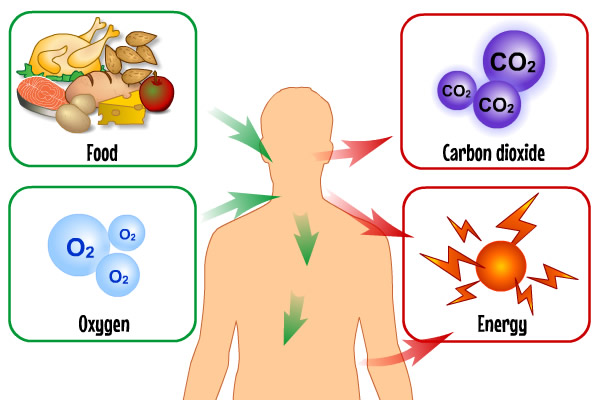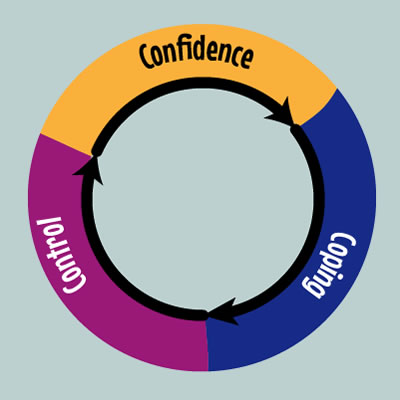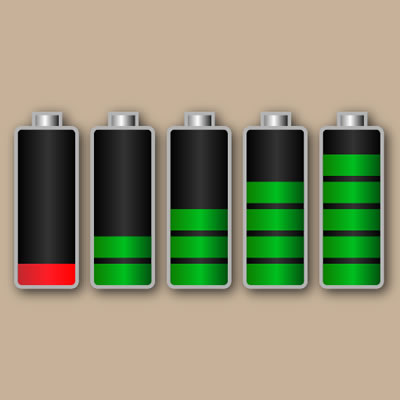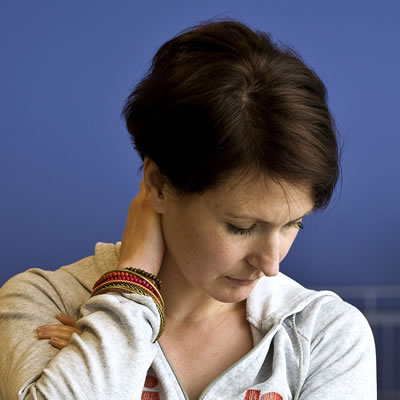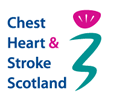If you are suffering from unintentional weight loss at any BMI and struggling to eat a normal diet then you may wish to consider the following:

Choose full fat/ high energy options e.g. whole milk, avoid low fat options
Add cheese, cream, butter to meals where possible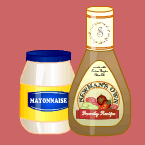
Use mayonnaise/ dressings where possible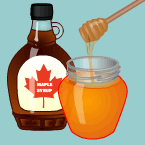
Add honey, syrup, jams where possible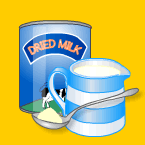
Make fortified milk (instructions on next page)
Try to take nourishing drinks e.g. smoothies, fruit juice, milk shakes, hot chocolate, energy drinks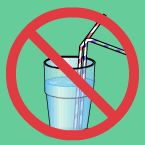
Don’t fill up on drinks before a meal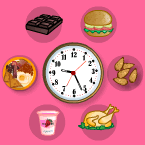
Try and eat little and often throughout day e.g. three small meals and two-three snacks per day
If you are finding it a struggle to eat enough, are losing weight, or notice that you are losing strength in your muscles and your body shape is changing, you now need to approach your diet differently. You should discuss your weight loss with a health professional and get advice on how to make the most of the nourishment in your food/ drink to help you regain weight and strength. If you have sudden unplanned weight loss you should also seek advice from your healthcare professional as there are many possible causes for this kind of weight loss.


